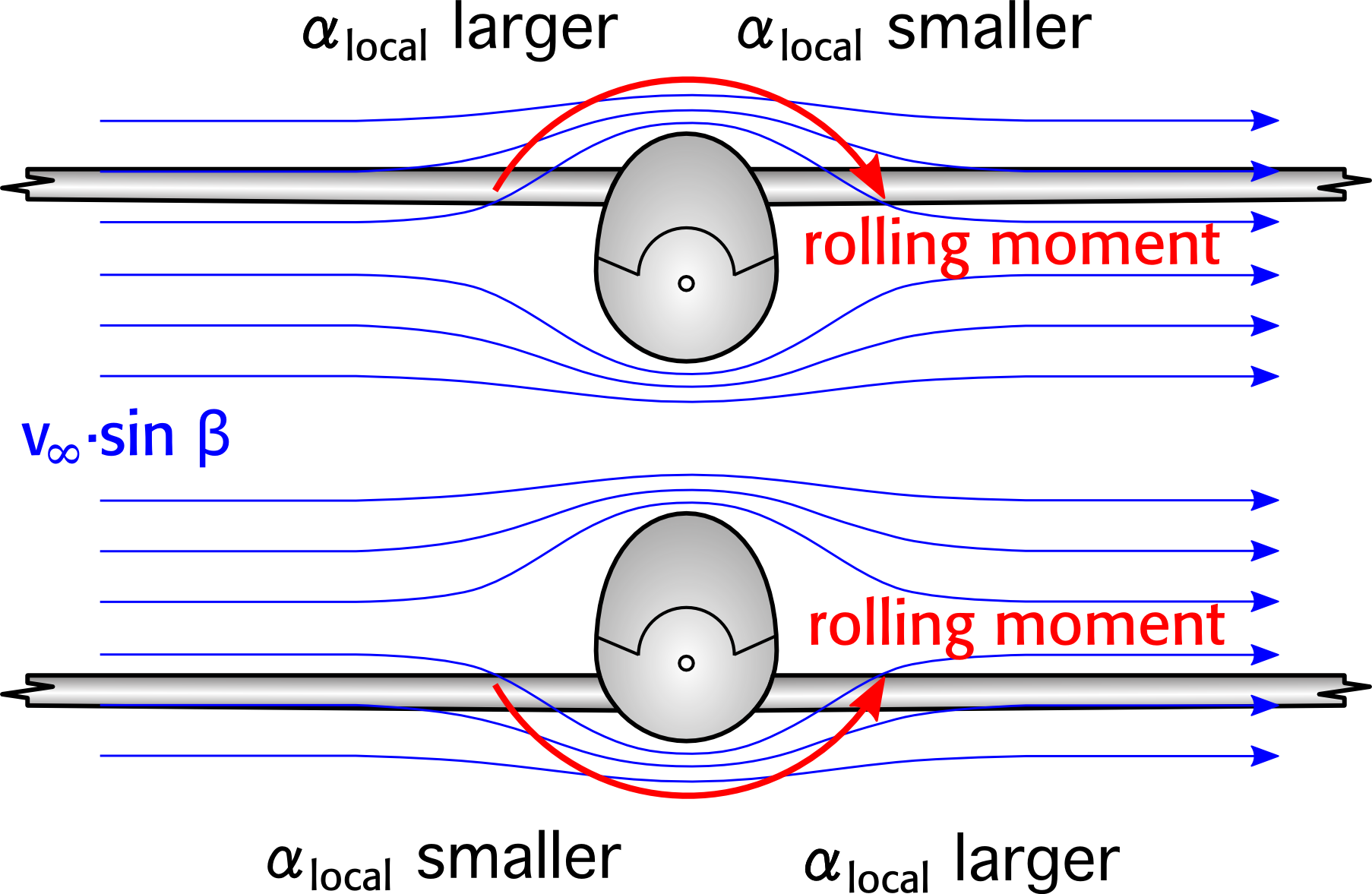I've discussed this with my instructor numerous times, and I have the concept memorized, but from an aerodynamic point of view, I can't see how the angle of relative wind to chord line is different per wing (assuming a Cessna 172, if that makes much of a difference).
The wings are essentially a straight line over the top of the plane, and relative wind is a single vector - to me, it looks like they should have identical AoAs.
If you know of a graphic or video, I think it would help explain best.

